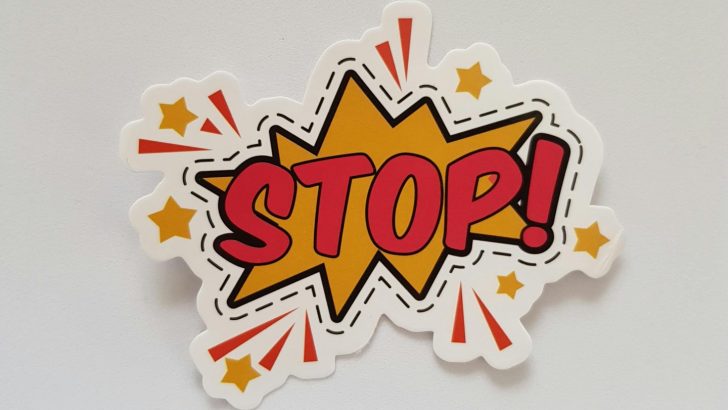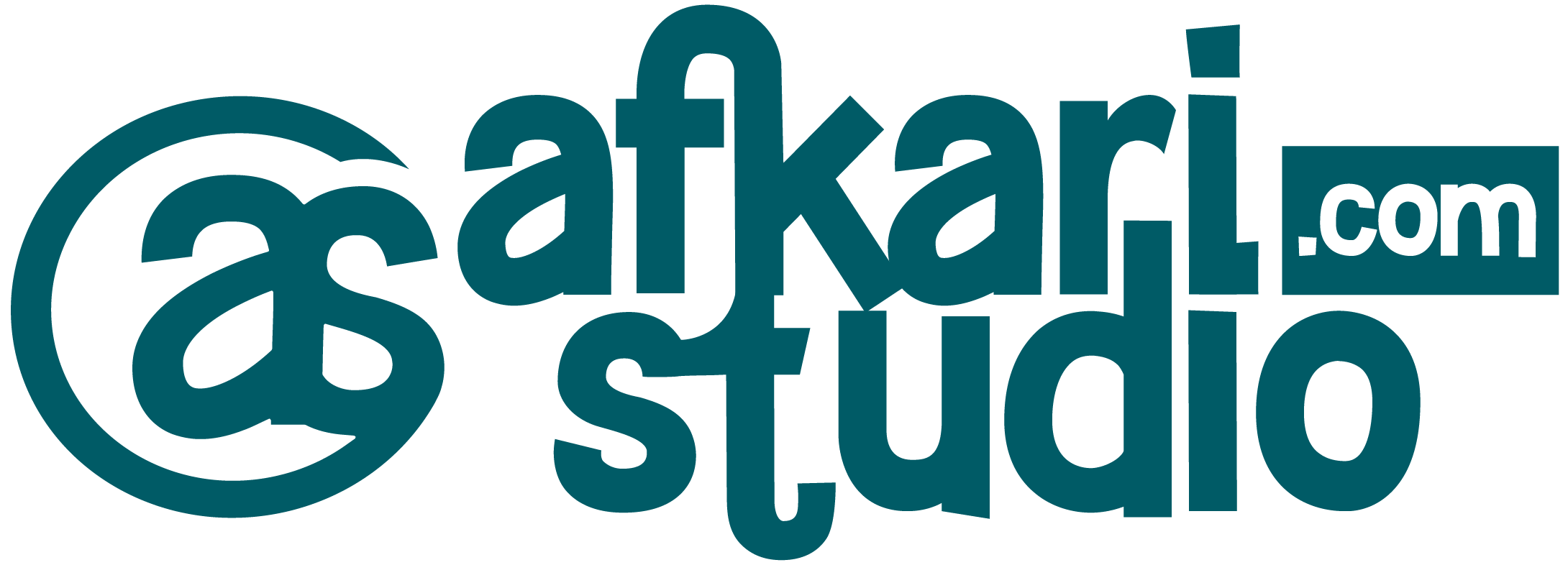In the vast universe of typography, few fonts have sparked as much controversy as Comic Sans. Designed in 1994 by Microsoft’s Vincent Connare, this playful, cartoonish typeface was initially created for a children’s software program. Yet, over the years, it has become one of the most mocked, despised, and memed fonts in design history.
But why? What makes Comic Sans so universally hated, and yet, why does it still persist in everyday use? This article explores the origins of Comic Sans, the psychology behind its backlash, and why—despite the hate—it still has its defenders.
The Birth of Comic Sans: A Font with Good Intentions
1. Designed for a Friendly Purpose
Comic Sans was created by Vincent Connare, a typographic engineer at Microsoft, in 1994. The inspiration came from comic book lettering, particularly the speech bubbles in Batman and Watchmen. Connare noticed that the default font (Times New Roman) in Microsoft Bob (a kid-friendly software assistant) looked too formal and out of place. He wanted something more approachable and fun for children.
2. A Font Meant for Informal Use
Comic Sans was never intended for professional documents, corporate logos, or serious design work. Its irregular shapes, uneven strokes, and playful curves were meant to mimic handwritten text, making it ideal for:
-
Children’s educational software
-
Casual invitations
-
Comic-style graphics
However, its ease of use and friendly appearance led to widespread misuse—soon appearing in business presentations, medical brochures, and even tombstone engravings.
Why Do People Hate Comic Sans?
The hatred for Comic Sans isn’t just about aesthetics—it’s about context, misuse, and psychological reactions. Here’s why it became the internet’s most ridiculed font:
1. It’s Seen as Unprofessional
One of the biggest criticisms is that Comic Sans is too casual for serious settings. When used in:
-
Corporate emails
-
Legal documents
-
Academic papers
-
Government notices
…it gives off an immature, unserious vibe, undermining credibility. Designers argue that fonts like Arial, Helvetica, or Georgia would be far more appropriate.
2. Poor Legibility & Design Flaws
From a typography standpoint, Comic Sans has several structural issues:
-
Inconsistent letter shapes (e.g., the lowercase “a” and “g” look awkward)
-
Uneven kerning (spacing between letters is irregular)
-
Lack of stylistic alternatives (no true bold or italic versions)
These flaws make it harder to read in long paragraphs, unlike cleaner sans-serif fonts like Verdana or Open Sans.
3. Overuse & Misuse
Because Comic Sans was bundled with Microsoft Windows, it became one of the most accessible fonts. People used it everywhere, even where it didn’t belong:
-
Signage in hospitals (despite studies showing sans-serif fonts are better for readability)
-
Memorial plaques (leading to unintentional disrespect)
-
Official documents (making them look amateurish)
This overexposure led to font fatigue, making people associate it with laziness and poor design choices.
4. The “Comic Sans Effect” – It Feels Childish
Fonts carry psychological associations:
-
Helvetica → Professional, clean
-
Times New Roman → Formal, academic
-
Comic Sans → Playful, childish
When used in serious contexts (like a law firm’s brochure or a medical warning), it creates a mismatch in tone, making the message seem unserious.
5. The Internet’s Role in the Backlash
The rise of design forums, memes, and social media amplified the hate. Campaigns like “Ban Comic Sans” (founded by designers Dave and Holly Combs) turned it into a symbol of bad design. Memes mocking its misuse went viral, cementing its reputation as the font people love to hate.
Defending Comic Sans: Why Some People Still Use It
Despite the hate, Comic Sans has a loyal following. Here’s why some people still defend it:
1. It’s Accessible for Dyslexic Readers
Studies suggest that sans-serif fonts with irregular shapes (like Comic Sans) can be easier to read for people with dyslexia compared to rigid, uniform fonts. Its varied letterforms help prevent confusion between similar-looking letters.
2. It’s Friendly & Approachable
For children’s books, casual events, or lighthearted messages, Comic Sans works well. Schools, daycare centers, and parenting blogs often use it because it feels welcoming and non-intimidating.
3. Nostalgia & Pop Culture Love
Some people embrace Comic Sans ironically or nostalgically. It’s been used in:
-
Music album covers (e.g., The Offspring’s “Americana”)
-
TV shows (e.g., The Simpsons parodying it)
-
Internet memes (celebrating its “so bad it’s good” charm)
4. The “Anti-Design” Rebellion
In an era of minimalist, ultra-clean typography, some designers argue that Comic Sans represents a rejection of rigid design rules. Its unpolished look can feel authentic and human in a world dominated by sleek, corporate fonts.
Alternatives to Comic Sans (If You Want a Playful but Professional Look)
If you like Comic Sans’ fun vibe but want something more refined, try these alternatives:
| Font Name | Why It’s Better |
|---|---|
| Comic Neue | A modern, cleaned-up remake of Comic Sans |
| KG Happy | A more polished handwritten font |
| Bubblegum Sans | Playful but better spacing |
| Fredoka One | Rounded, friendly, and professional |
| Quicksand | Soft, geometric, and versatile |
Comic Sans isn’t inherently “bad”—it was just misused and overused. The hatred stems from:
✅ Poor context (using it where professionalism matters)
✅ Design flaws (irregular shapes, bad kerning)
✅ Internet culture (memes amplified the hate)
When to use it:
-
Kids’ projects
-
Informal, playful designs
-
Dyslexia-friendly materials
When to avoid it:
-
Business documents
-
Formal branding
-
Serious announcements
Love it or hate it, Comic Sans remains one of the most recognizable fonts in history—a testament to how deeply typography affects perception.
Final Thought:
“Comic Sans is like a clown at a funeral—sometimes funny, often inappropriate, but impossible to ignore.”
Would you ever use Comic Sans, or do you agree with the hate? Let us know in the comments!

